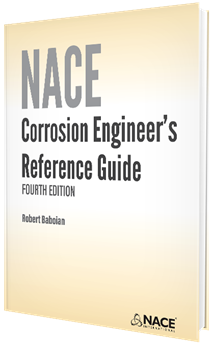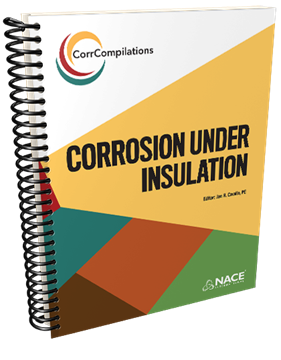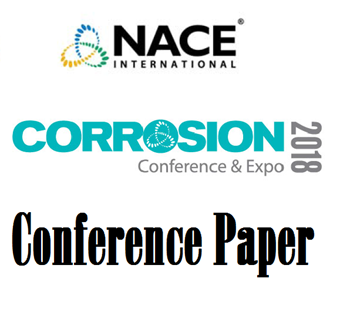The Second Edition of this classic handbook combines Volumes 1 and 2 of the First Edition into a single volume, adding updated commentary and many new case histories. Mechanisms and numerous case histories illustrate general, localized and galvanic corrosion, environmental cracking, erosion-corrosion, cavitation, fretting, intergranular attack, dealloying, and high-temperature corrosion.
This book presents detailed corrosion mechanisms and case histories of a wide variety of corrosion problems from chemical plants, oil production and refining, utilities, pipelines, transport by air, land, and sea, electronics, and the preservation of historical artifacts. The uses of advanced analytical techniques such as electron microscopy, metallography, energy-dispersive X-ray spectroscopy, Aüger spectroscopy and electrochemical techniques are presented to illustrate their utility in corrosion failure investigations.
Product Number:
37626-E
ISBN:
978-1-57590-354-5
Author:
Dale McIntyre
Publication Date:
2019
$161.25
$215.00
$215.00
Forms of Corrosion-Recognition and Prevention is a deep and broad compendium of the theory and practice of corrosion engineering. This Second Edition of the classic handbook combines Volumes 1 and 2 of the First Edition into a single volume, adding updated commentary and many new case histories. Mechanisms and numerous case histories illustrate general, localized and galvanic corrosion, environmental cracking, erosion-corrosion, cavitation, fretting, intergranular attack, dealloying, and high-temperature corrosion.
Presented are detailed corrosion mechanisms and case histories of a wide variety of corrosion problems from chemical plants, oil production and refining, utilities, pipelines, transport by air, land, and sea, electronics, and the preservation of historical artifacts. The uses of advanced analytical techniques such as electron microscopy, metallography, energy-dispersive X-ray spectroscopy, Aüger spectroscopy and electrochemical techniques are presented to illustrate their utility in corrosion failure investigations.
The purpose of this handbook is to introduce the reader to the eight forms of corrosion and illustrate the forms’ macro- and microappearances as they occur in conventional engineering metals and alloys. Diagrams are occasionally employed to illustrate mechanisms, but photographs and photomicrographs are employed whenever possible, together with case histories, to aid understanding of the situations discussed and the means taken to ameliorate them.
The eight forms of corrosion overlap to some extent. For example, dealloying (sometimes called “parting corrosion” in older texts) may follow a uniform mode (e.g., layer-type dezincification) or may be highly localized (e.g., plug-type dezincification). Galvanic or “two-metal” corrosion may manifest itself either as general or uniform corrosion or as localized attack, depending on the geometry and conductivity in a specific situation. One type of corrosion may mitigate another, as when the erosion-corrosion of heat exchanger tubes at the inlet end is diminished by the galvanic influence of a water box.
Users will find the Forms of Corrosion-Recognition and Prevention, Second Edition to be an exceptionally deep and broad reference work useful for not only diagnosing corrosion failures but applying the measures necessary to prevent recurrence.
2019 NACE e-book, 406 pages.




